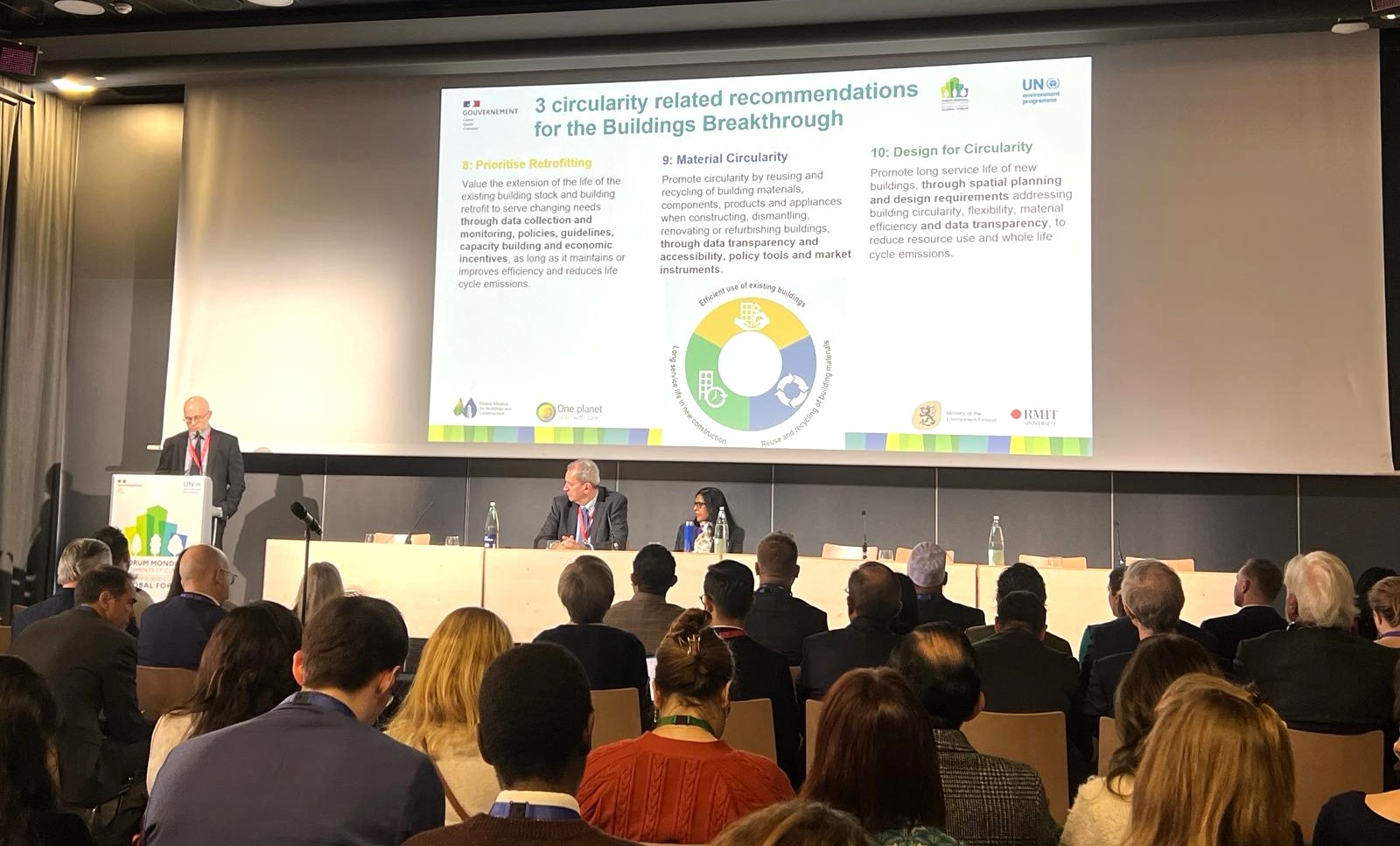Water Stewardship for Hotel Companies
Countries forecast with the highest water stress in the coming years are also amongst those with the greatest tourism growth, putting hotel companies at the forefront of current and future water challenges.
This document bridges the gap between local water issues and company-wide water policies by recommending six steps essential to any corporate water stewardship strategy.
In 2017 the International Tourism Partnership (ITP) set its “Vision” and “Goals” for the hotel industry to make a positive contribution to the United Nations Development Goals (SDGs), including SDG 6.4: By 2030, substantially increase water-use efficiency across all sectors and ensure sustainable withdrawals and supply of freshwater to address water scarcity and substantially reduce the number of people suffering from water scarcity.
ITP’s goal is to “support increased water-use efficiency, sustainable withdrawals and supply of freshwater to address water scarcity and reduce the number of people affected by water scarcity by embedding water stewardship programmes across hotel portfolios”. This report is intended as a practical resource to define “water stewardship” in the hotel industry to help companies manage their water use and impacts better through six steps.
Water issues such as scarcity, pollution and community access to clean water are intrinsically linked to their local context which makes them complex to address by companies operating in hundreds of locations around the world. Rather than providing a “blanket approach”, these six steps explain the importance of looking after water in the hotel industry and what actions hotels can take to embed water stewardship programmes across their portfolios.
The steps set out below provide a reference for hotel companies working towards better water stewardship. They focus on strategic management practices and actions that can be applied across entire portfolios, rather than technical solutions at property level. These steps are interconnected and may be followed sequentially, in a different order or all at the same time. ITP recommends including them in a water stewardship strategy but there is no fixed formula for action. Individual and collaborative efforts are needed to address challenges and water policies should be tailored to suit each company and the needs of the catchment.
1. Understand your relationship with water
- Quantify your current water use
- Identify the sources, impact and dependencies of your water use
- Report your water use
- Share information on water with local stakeholders
2. Set targets and create a plan of action
- Tie in your targets with UN SDGs and ITP Goals
- Make your targets and action relevant at global and local level
- Address your current and future impact
- Explore the use of contextual & context-based targets
- Show commitment and achieve recognition through seeking certification
3. Manage water sustainably in your operations
- Identify water efficiencies
- Reduce the load of pollutants going into wastewater
- Ensure wastewater treatment
- Water recycling and alternative sources
- Train staff and engage with guests
- Raise guest awareness
4. Work with suppliers on water
- Identifying what are the most water-intensive products
5. Build resilience to extreme events and water shortages
- Improving properties’ resilience to floods
- Managing fresh water supply
- Protecting local communities when disaster strikes
6. Collaborate on sustainable water management
Case Study - California Hyatt hotels Water Conservation Initiative:
In the context of ongoing droughts in California and following the State Governor Executive Order directing the State Water Resources Control Board to achieve a 25% reduction in potable urban water in less than a year, Hyatt’s Americas office sent a requirement to General Managers at managed hotels to develop property-specific Water Conservation Plans. As part of this requirement, a template for developing a plan, and a detailed list of specific opportunity areas supported by potential for water savings was distributed to hotels. The idea behind this was that while hotels had been working on various projects when possible, they would benefit from taking a step back, prioritizing investments where needed, and documenting operational procedures that would help their hotels conserve water. As a result of putting more organization and planning behind water conservation, the group of California managed full-service hotels were able to achieve a 12% reduction in water consumption per guest night in just one year. In 2016, these hotels operating since 2014 reached an 18% reduction per guest night. Helping hotels organise their water initiatives by near-term, mid-term, and long-term priorities, then requiring planning was a no-cost approach to ensure steps were put in motion in a strategic way.

